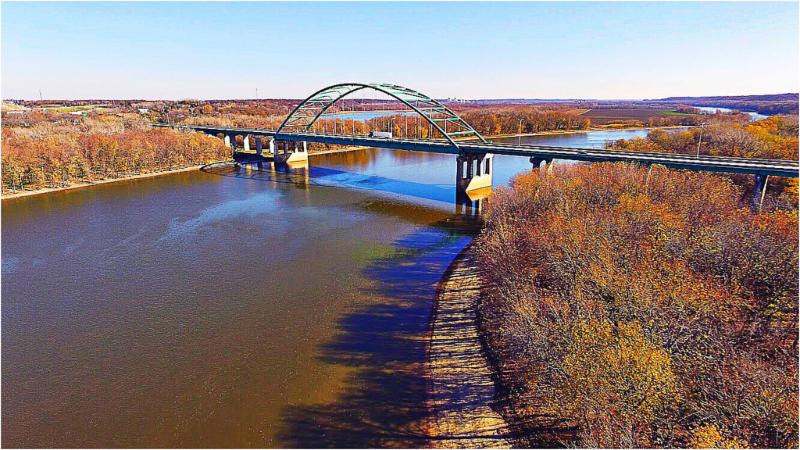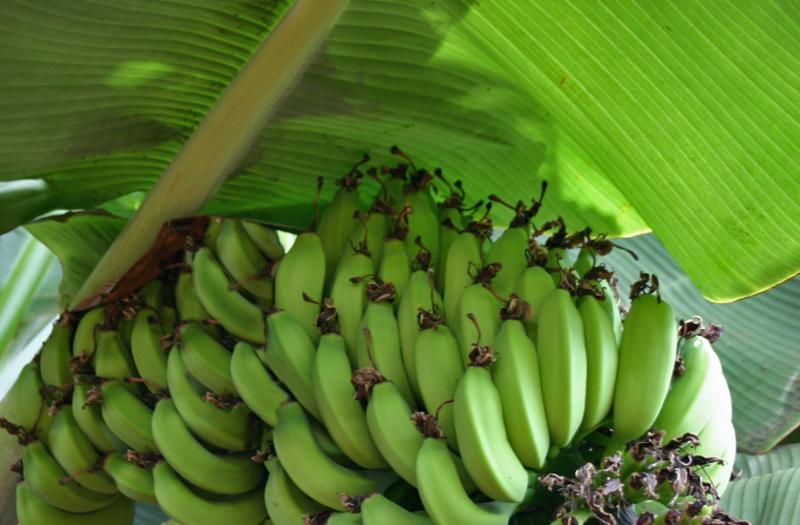
Illinois River Fish at
Highest Levels
in More Than 100 Years
By Diana Yates/Illinois News Bureau
Photo by Ron Frazier/flickr
Populations of largemouth bass, bluegill, catfish and other sportfish are at the highest levels recorded in more than a century in the Illinois River, according to a new report.
Their dramatic recovery, from populations close to zero near Chicago throughout much of the 20th century, began just after implementation of the Clean Water Act, the researchers say.The new findings,
reported
in the journal BioScience, add a more hopeful chapter to the ecological history of the Illinois River, which was one of the most productive rivers of the Mississippi Valley until it began receiving Chicago's human and animal waste on a large scale in 1900.
"The biggest single negative change that happened to the Illinois River in the 20th century was the opening of the Chicago Sanitary and Ship Canal in 1900," said
Illinois Natural History Survey
researcher and fish biologist Daniel Gibson-Reinemer, the lead author of the study. "After that, a lot of the untreated sewage from Chicago started flowing right down the canal and into the Des Plaines River, which is the headwaters of the Illinois River."
|
Watch: Hunting Dollars at Work for Conservation
By the U.S. Fish & Wildlife Service
Few are the folks who actually enjoy paying more in taxes, but you can count hunters among those who do. The Wildlife Restoration Act of 1937 was supported by organized sportsmen and -women, state fish and game agencies, and industry to tax firearms and ammunition with the proceeds going specifically to wildlife conservation.
The outcome has been nothing short of remarkable: State fish and game agencies have for 80 years been assured of a steady stream of funding. When you buy that new firearm, arrows or a new bow, a box of shotgun shells or fishing tackle you should know you are making an investment in conservation's cycle of success. As much as 11 percent of your purchase will be granted to your state fish and game agency and returned to you in the form of science-based wildlife and fisheries conservation.
Click the photo above to learn more.
|
|

Can Science Save the World's Most Popular Fruit?
By Paul Tullis/The Washington Post
Photo by Dan Zen/flickr
In a hot, dry field near a place called Humpty Doo in Australia's Northern Territory, scientists are racing to begin an experiment that could determine the future of the world's
most popular fruit
, the lowly banana.
Dodging the occasional crocodile, researchers will soon place into the soil thousands of small plants that they hope will produce standard Cavendish bananas - the nicely curved, yellow variety representing 99 percent of all bananas sold in the United States. But in this case, the plants have been modified with genes from a different banana variety.
An insidious fungus known as fusarium wilt has wiped out tens of thousands of acres of Cavendish plantations in Australia and Southeast Asia over the past decade. And the fungus recently gained a foothold in Africa and the Middle East, hitching a ride on the boots of workers helping to establish new plantations. Scientists say Latin America, the source of virtually all the bananas eaten in the United States, is next.
No other variety of banana combines the sweetness and suitability for packing and export of the Cavendish. If the Humpty Doo experiment - or simultaneous efforts with conventional breeding techniques - don't bring positive results, scientists say we could be looking at a future where bananas all but disappear from store shelves.
|

How Anti-Erosion Measures Can Hurt Fish
By Amorina Kingdon/Hakai
Photo by VIMS Living Shoreline/flickr
The land beneath Chesapeake Bay, the largest estuary in the United States, is sinking. Couple that with climate change, and the sea level is rising twice as fast as the global average, chewing away at shorelines and drowning islands. Private landowners, who occupy about 85 percent of the shoreline, have responded with walls, rocks, and barriers, which have helped slow the losses. But evidence is growing that this coastal hardening may be insufficient at holding back future seas, and is doing serious damage to more than a dozen fish and crustacean species. Now, planners and landowners are hoping engineered living shorelines can solve both problems at once.
A hardened shore makes life more difficult for trout, perch, crab, and other species that need a natural shoreline to thrive, says Matthew Kornis, who recently published
a paper
evaluating the effect of shoreline hardening on these species.
Kornis, a fish biologist with the US Fish and Wildlife Service, studied hundreds of sites in and around Chesapeake Bay, from natural beaches and marshlands, to shores lined with riprap (cages of loose rock) and bulkheads (walls, often wooden). The harder the shoreline, he found, the harder hit the species. This was true even for riprap, which is often considered more environmentally friendly than sheer walls.
|
Fight over National Monuments Intensifying
By Devin Henry/The Hill
Photo by Jim Grey/flickr
House Republicans are moving forward with a bill to reform a century-old conservation law, raising the stakes in their ongoing effort to curtail the president's' ability to set aside wide swaths of federal land as national monuments and protect them from future development.
The new legislation, from Rep.
Rob Bishop
(R-Utah), comes as the White House mulls reductions to several previously declared monuments. That's an effort environmentalists consider an affront to the Antiquities Act, a law signed by conservation champion Theodore Roosevelt in 1906.
Conservatives, industry groups and Westerners have long pushed for changes to the Antiquities Act, saying presidents of both parties have abused the law, handcuffing local communities who could look to create jobs on public land. President Trump is an ally in that effort.
Environmentalists and most Democrats consider the Antiquities Act a bedrock American conservation law and have vowed to fight any effort to water it down.
|
|
|
|
|
|